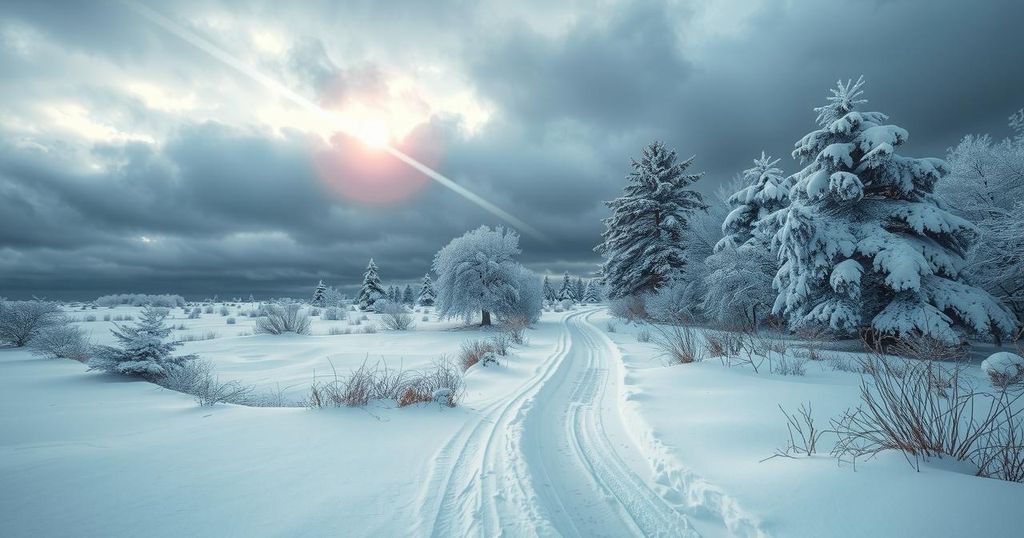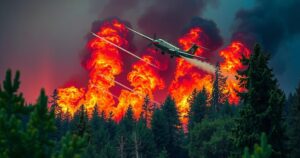The Evolution of Weather Photography: Reflecting on ‘Snowpocalypse’ Amid Rising A.I. Concerns

The ‘Snowpocalypse’ in Raleigh, which occurred on February 12, 2014, was a notable weather event characterized by heavy snowfall and traffic chaos. The rise of social media during this time facilitated the spread of memes surrounding the storm. In contemporary discussions, A.I. has become a concern in weather photography, making it harder to differentiate reality from digitally generated images, prompting experts to advise critical scrutiny of online visuals.
Over a decade has passed since Raleigh experienced the significant snowfall event dubbed ‘Snowpocalypse’ on February 12, 2014. This storm was initially a textbook snowstorm for North Carolina, characterized by heavy snowfall due to well-placed high and low-pressure systems. Snowfall rates reached approximately one inch per hour, leading to early dismissals from schools and resulting in severe traffic congestion across the Triangle as people attempted to return home.
The aftermath of the storm left the Triangle with four to five inches of snow, which later transitioned to sleet and freezing rain, creating treacherous conditions. On social media, the event quickly became a meme sensation, especially notable for a viral photo depicting stranded cars on Glenwood Avenue, taken by Lindsay Webb. This period also marked the rise of memes as a popular form of online communication during weather events.
In the decades since ‘Snowpocalypse’, the evolution of artificial intelligence (A.I.) has posed new challenges regarding weather photography. Peter Forister, a photographer and storm chaser, noted that A.I. image generation has seen rapid advancements, complicating the ability to differentiate between genuine images and those produced by A.I. This is particularly evident during extreme weather events, where digitally manipulated images can appear realistic on social media.
Forister cautioned that, while A.I. technologies improve, certain indicators may reveal A.I.-generated imagery, such as an unnatural “plastic” appearance. He emphasized the importance of scrutinizing images on social media platforms to discern their authenticity. As society continues to navigate the implications of A.I. in visual communications, the need for discernment becomes particularly critical during significant weather-related occurrences.
The impact of the ‘Snowpocalypse’ in 2014 remains a significant memory for residents of the Triangle, compounded by the rise of A.I. technologies that now challenge the authenticity of weather photography. The advancement of A.I. necessitates a critical approach to examining online images, particularly during weather events where misinformation can proliferate. Understanding these developments is essential for staying informed and discerning in a rapidly evolving digital landscape.
Original Source: www.wral.com






